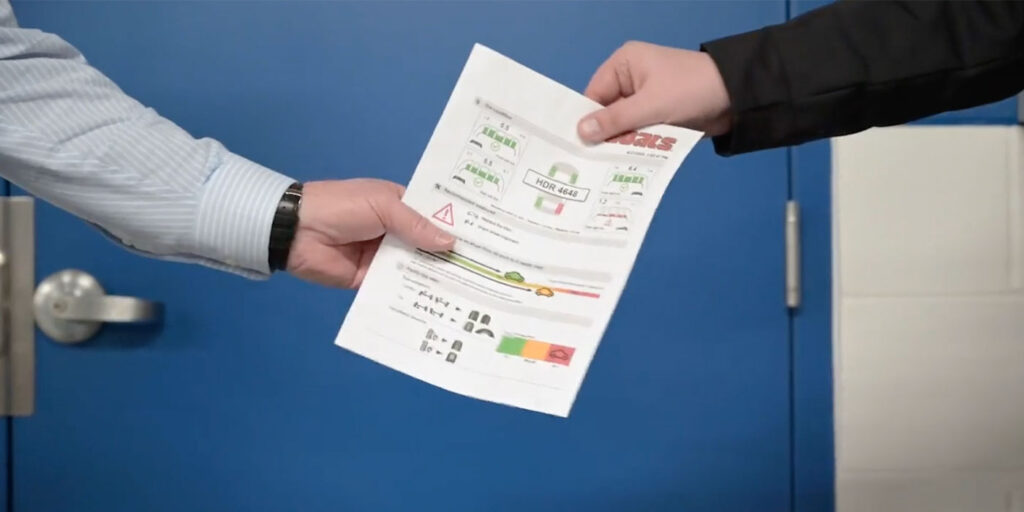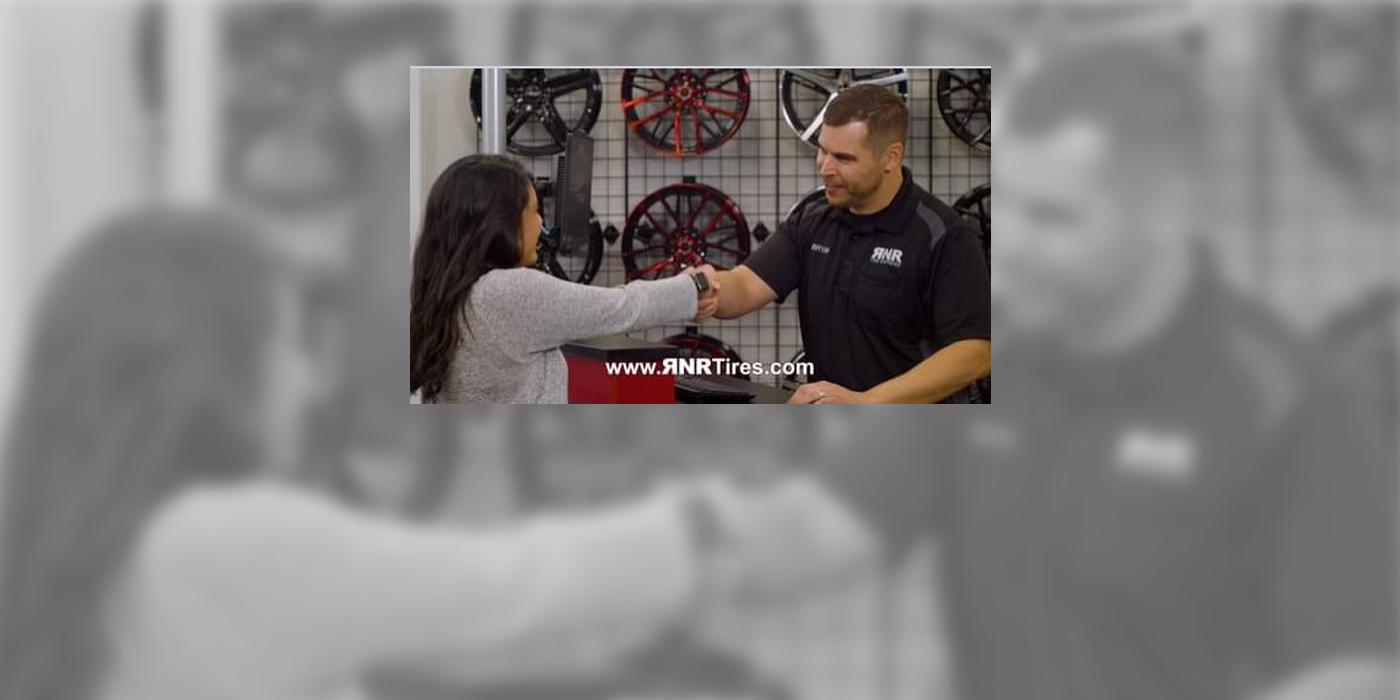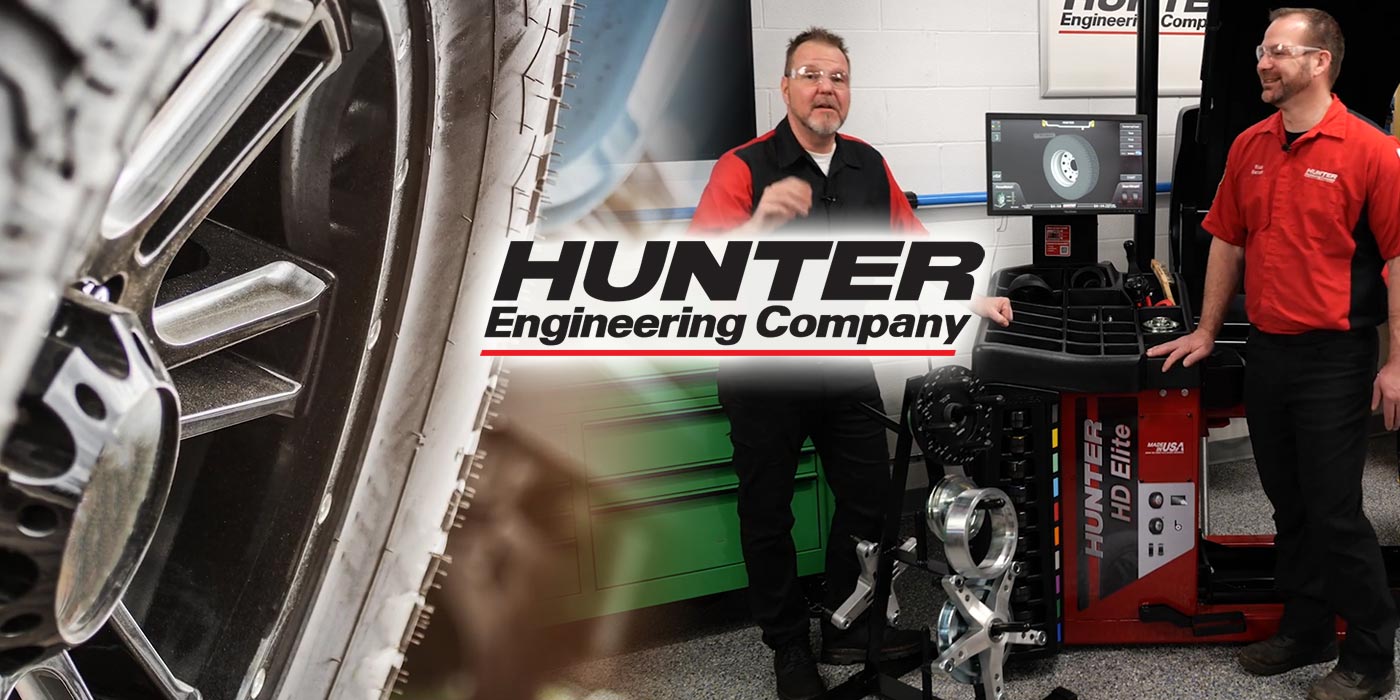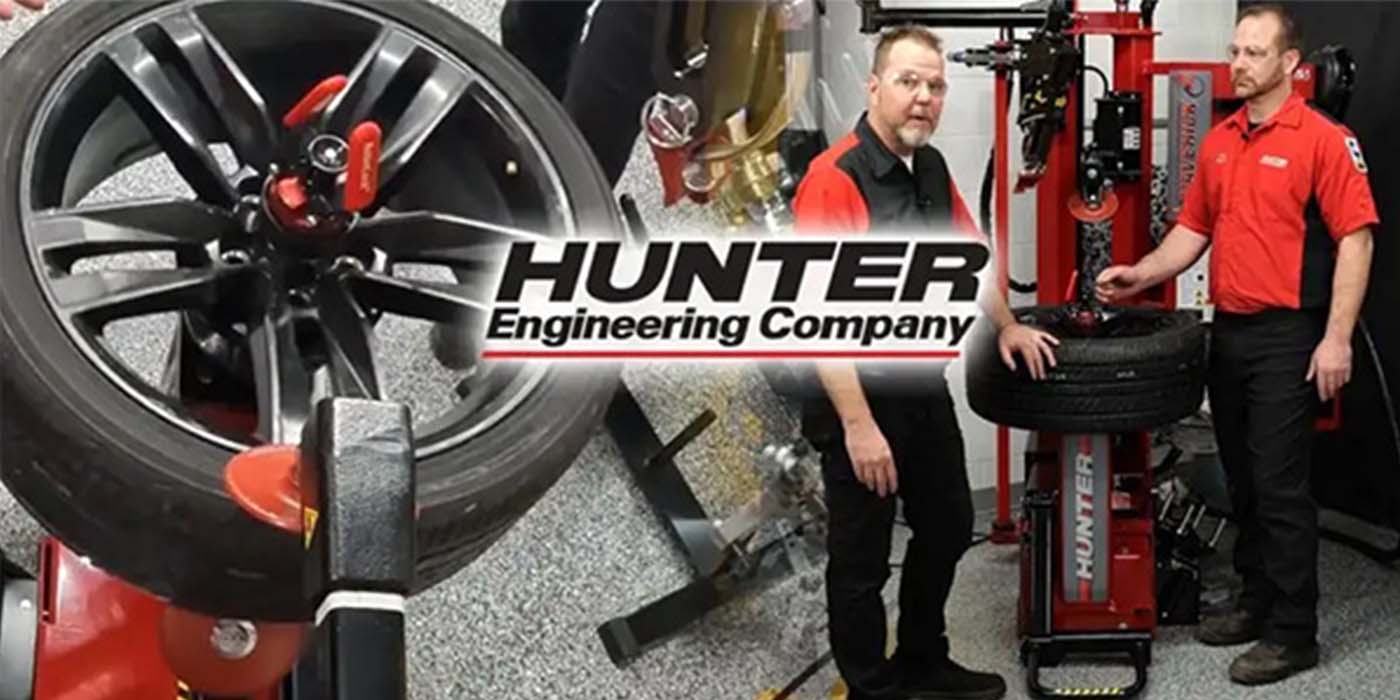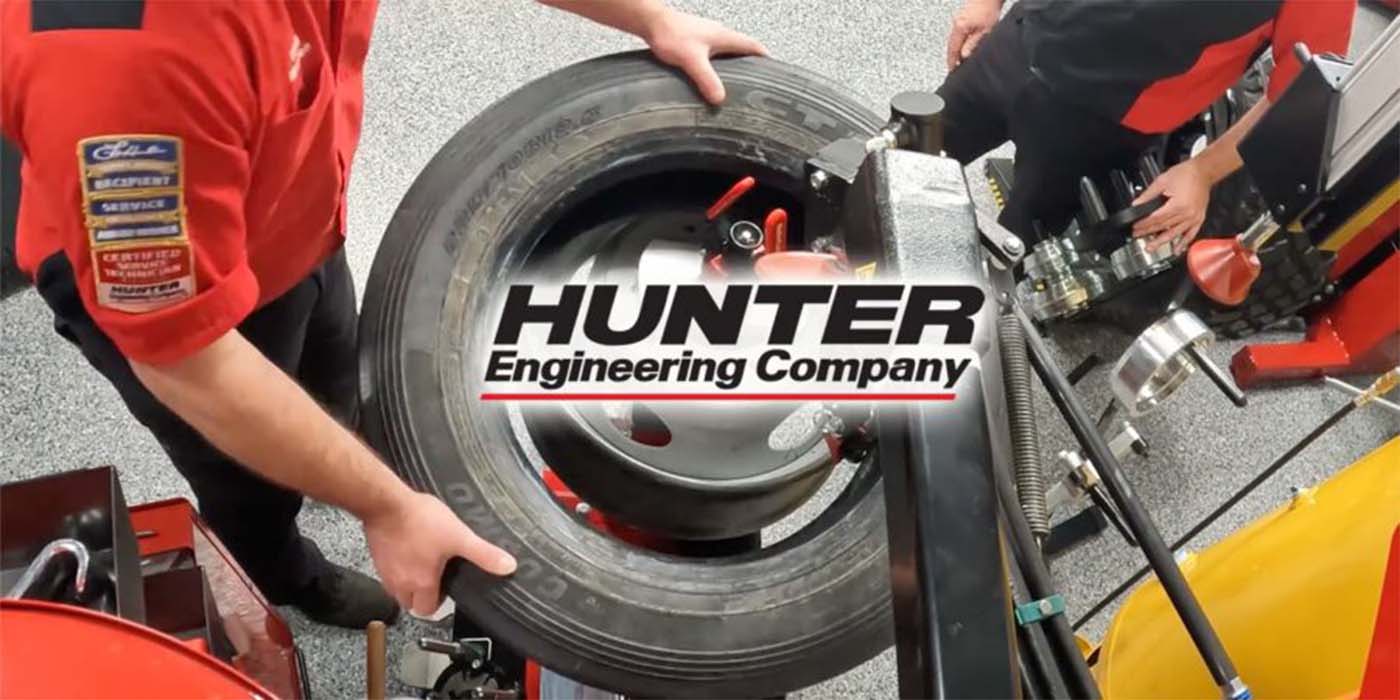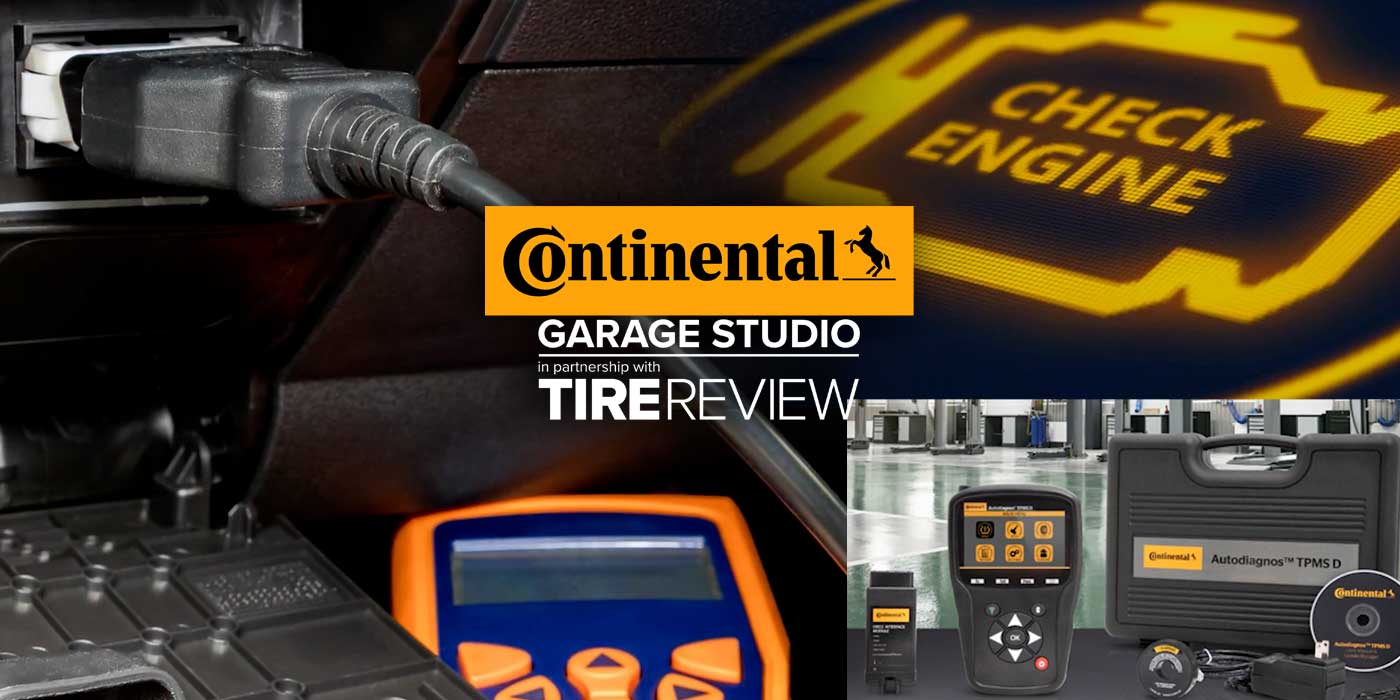This might sound familiar: The customer walks in, and they’re wondering if they need new tires. You measure the tread depth. They don’t. You tell them, and that’s the end of it. They leave the shop, and your job is done. But should it be?
No. Today’s customers have information at their fingertips, and they expect more from their automotive service experience. They want full transparency into their vehicle’s health and want to be a part of the conversation instead of being told what to do. A great way for your shop to include the customer and make them “in the know” about their vehicle health is through data.
Attaching data or a number to a vehicle’s service record adds a level of transparency to the discussion, and moves it from an “opinionated upsell” to a true, fact-based service need. Your customer will leave with valuable information and trust that you’re keeping their best interest at heart. Let’s walk through a scenario to show you what we mean.
The ‘Am I Ready for New Tires?’ Conversation
Let’s take the scenario from the beginning of this article, but this time, we’ll include data in the conversation. A great way for a shop to incorporate data into the customer experience is through the investment in a drive-over tread depth scanner that measures tire tread, alignment angles and other aspects of a vehicle’s health in seconds.
Equipped with this technology, your service advisor’s conversation with your inquisitive customer changes from “let me check that out for you” to “we’ll run your vehicle through a tread depth inspection and inform you of your tire health.”
Once the shop performs the inspection, the service advisor can then print out the data and present it to the customer. This puts the service advisor in a teaching role, educating the customer about their vehicle and answering the questions as they review the report.
Making the Data Useful
While your service advisor may be able to understand tread depth to the millimeter, chances are, your customers won’t. It’s best to explain vehicle data in terms the customer can understand. You can do this through using percentages.
One data point that is simple to discuss with customers is tread depth. While it’s measured in 32nds, you can express it as a percentage of a new tire with “0%” being 2/32nds. You could phrase it as, “These tires will be at 0% of the recommended tread depth, or will be unsafe to drive, before we see you for your next oil change. It is best to buy a new set of tires now or schedule an appointment before your next visit for an oil change.”
Another data point is alignment angles. For example, you could say “A vehicle that’s out of spec only a few millimeters or 0.25 degrees is the equivalent to dragging the tire sideways 7 feet for every mile.”
Lastly, worn parts can also be understood as a percentage. This helps a customer understand how much time is left before failure or an unsafe condition occurs. Time to replace worn parts is best expressed as “during your next service visit,” as evidenced by the above example.
Content provided by Coats Garage. For more information, visit coatsgarage.com.

